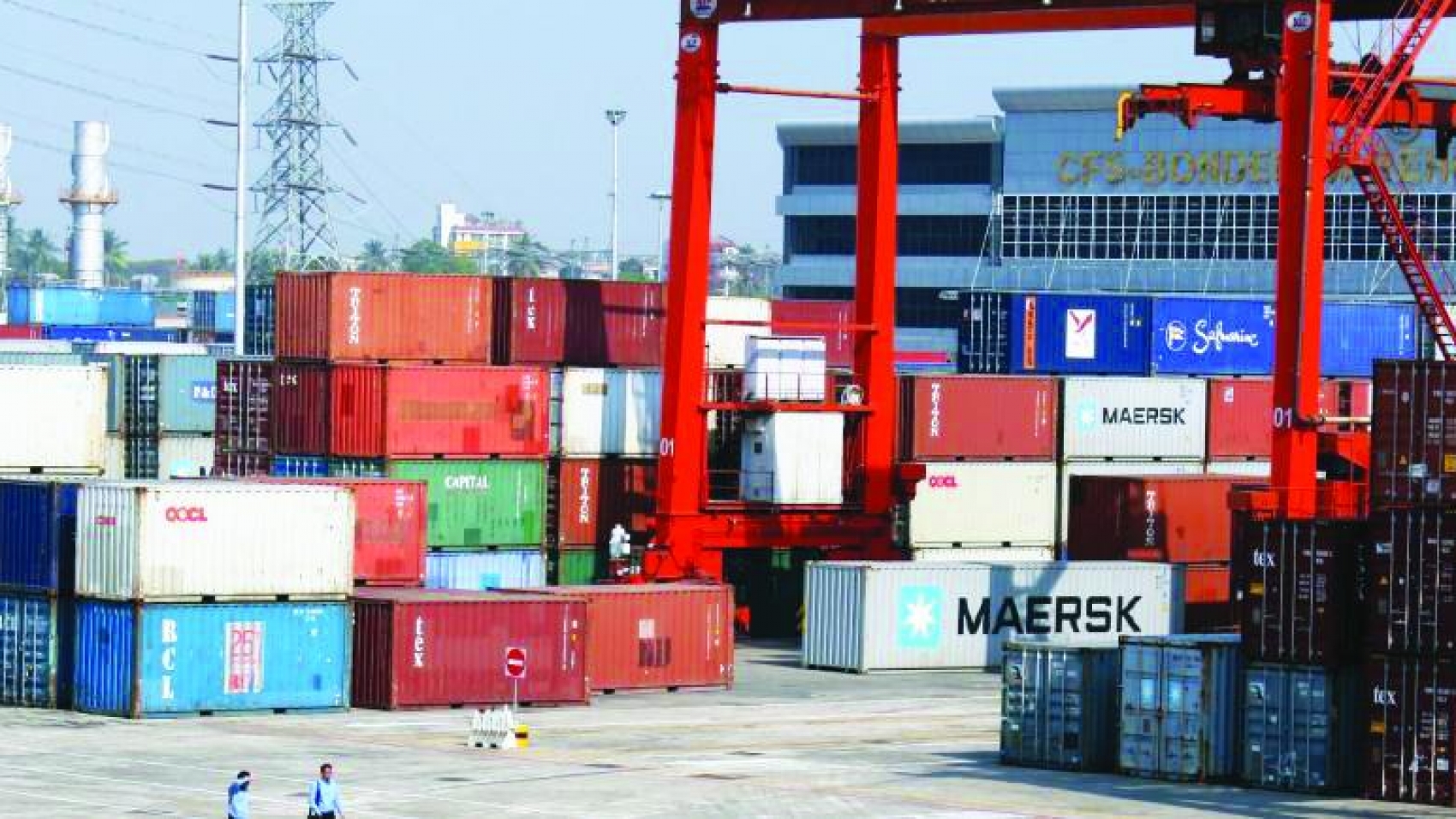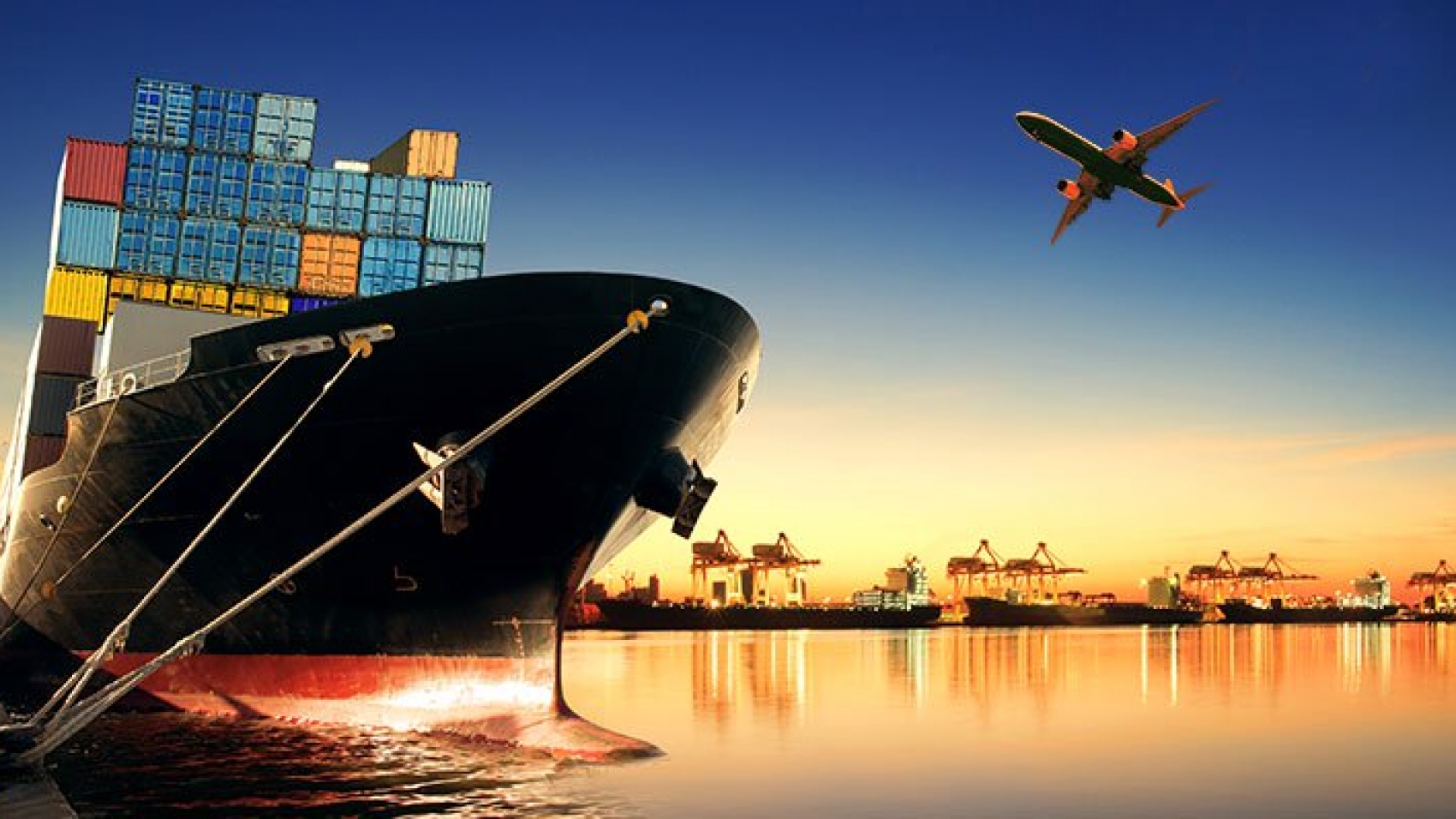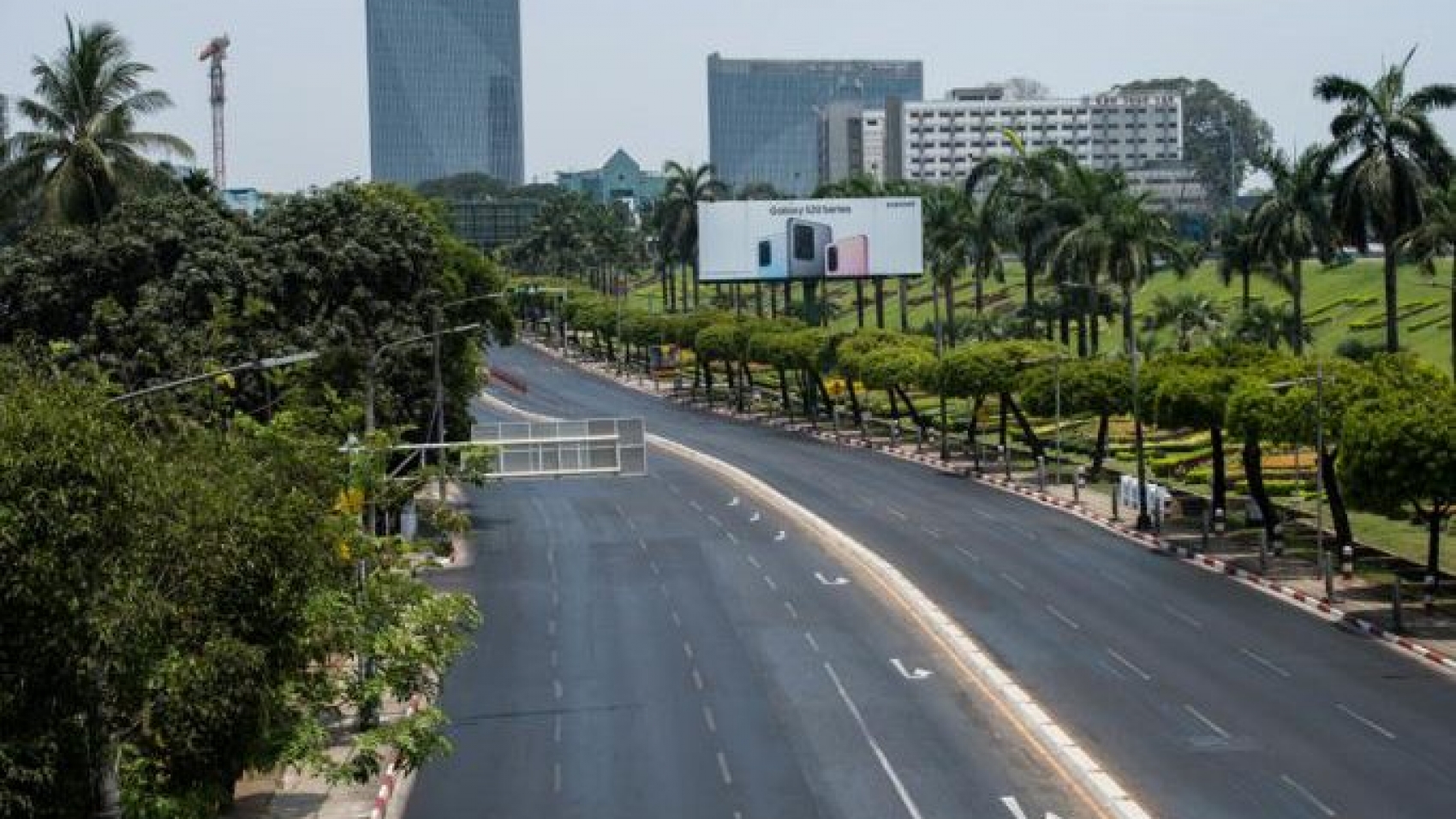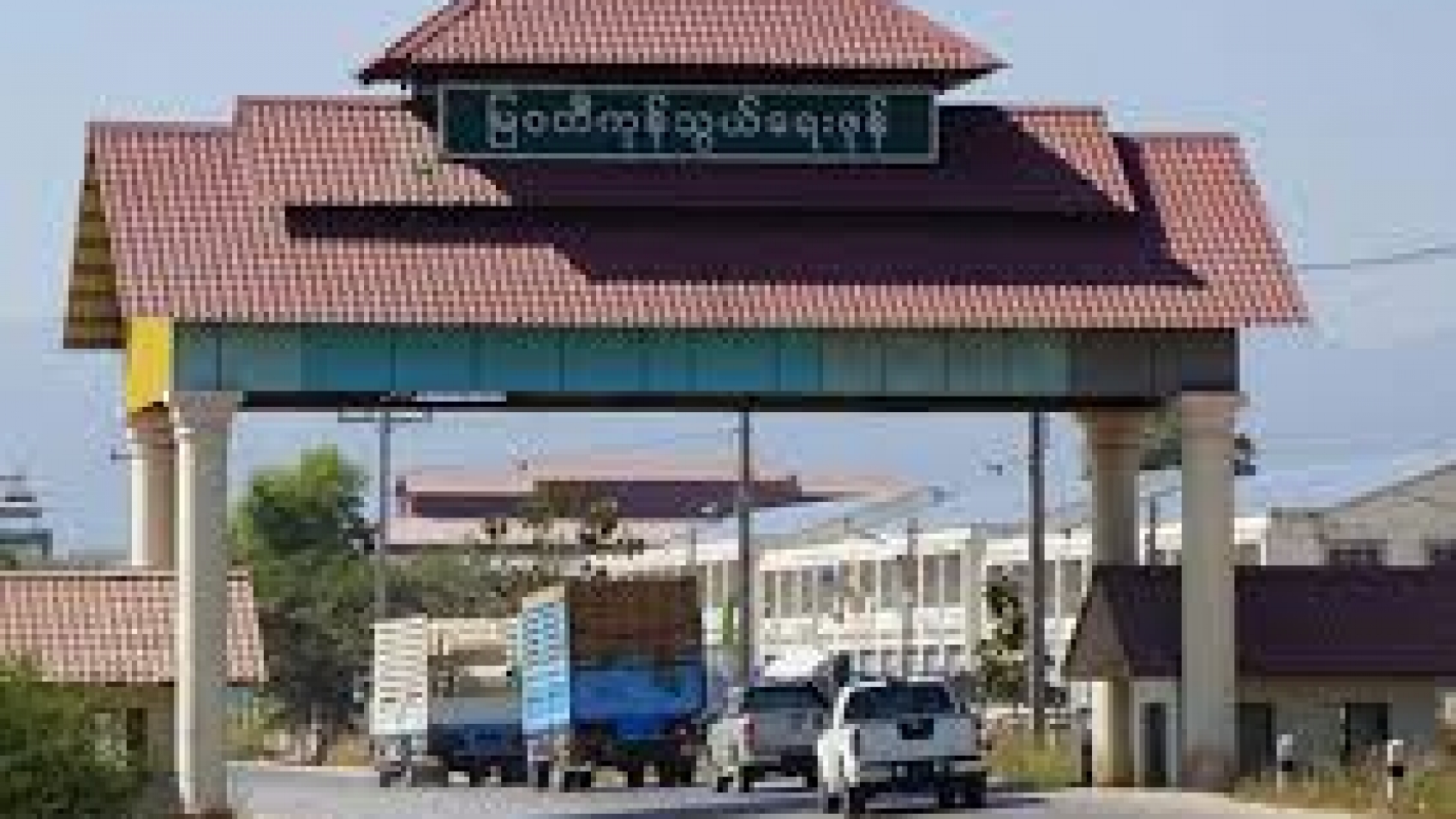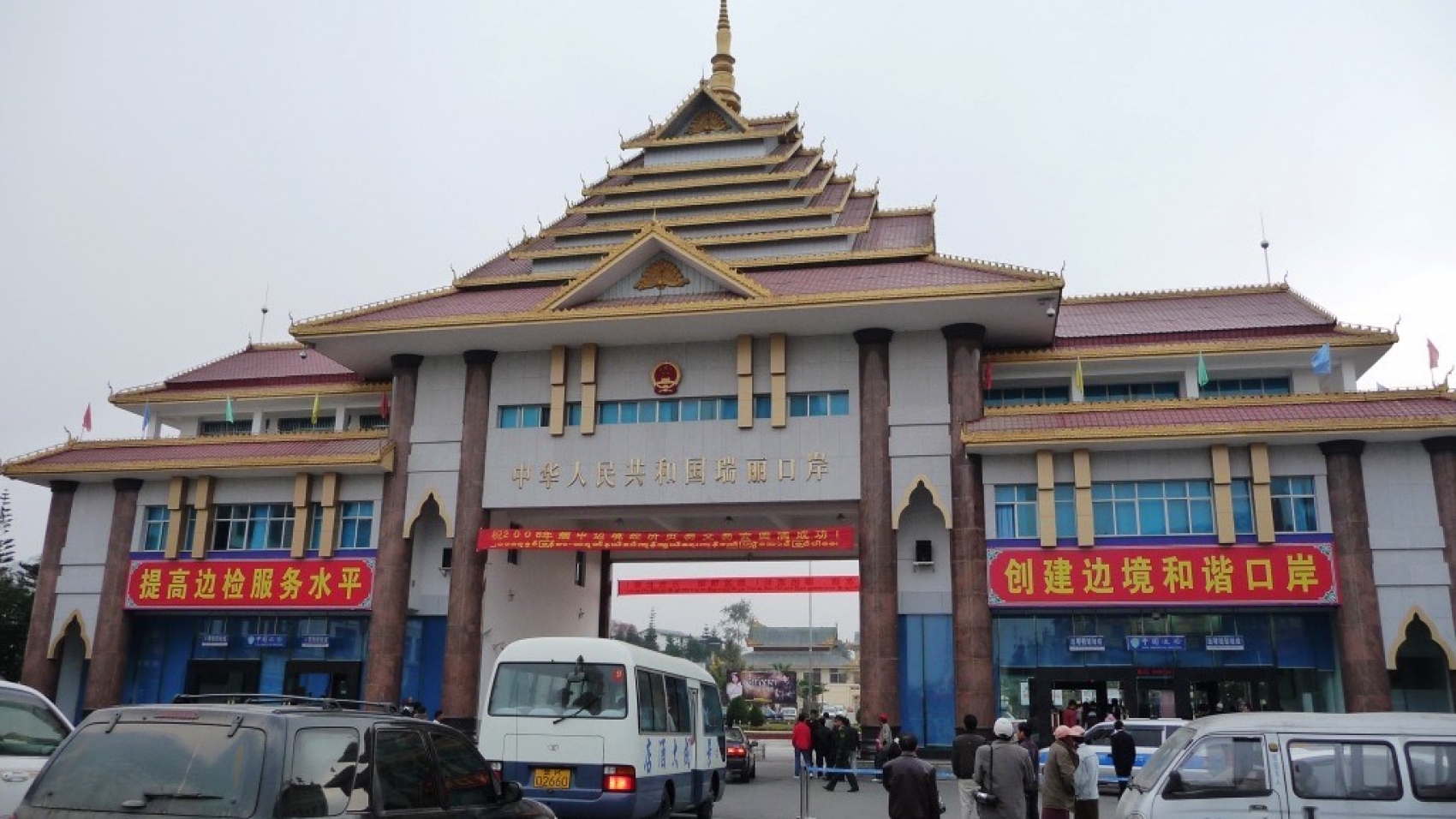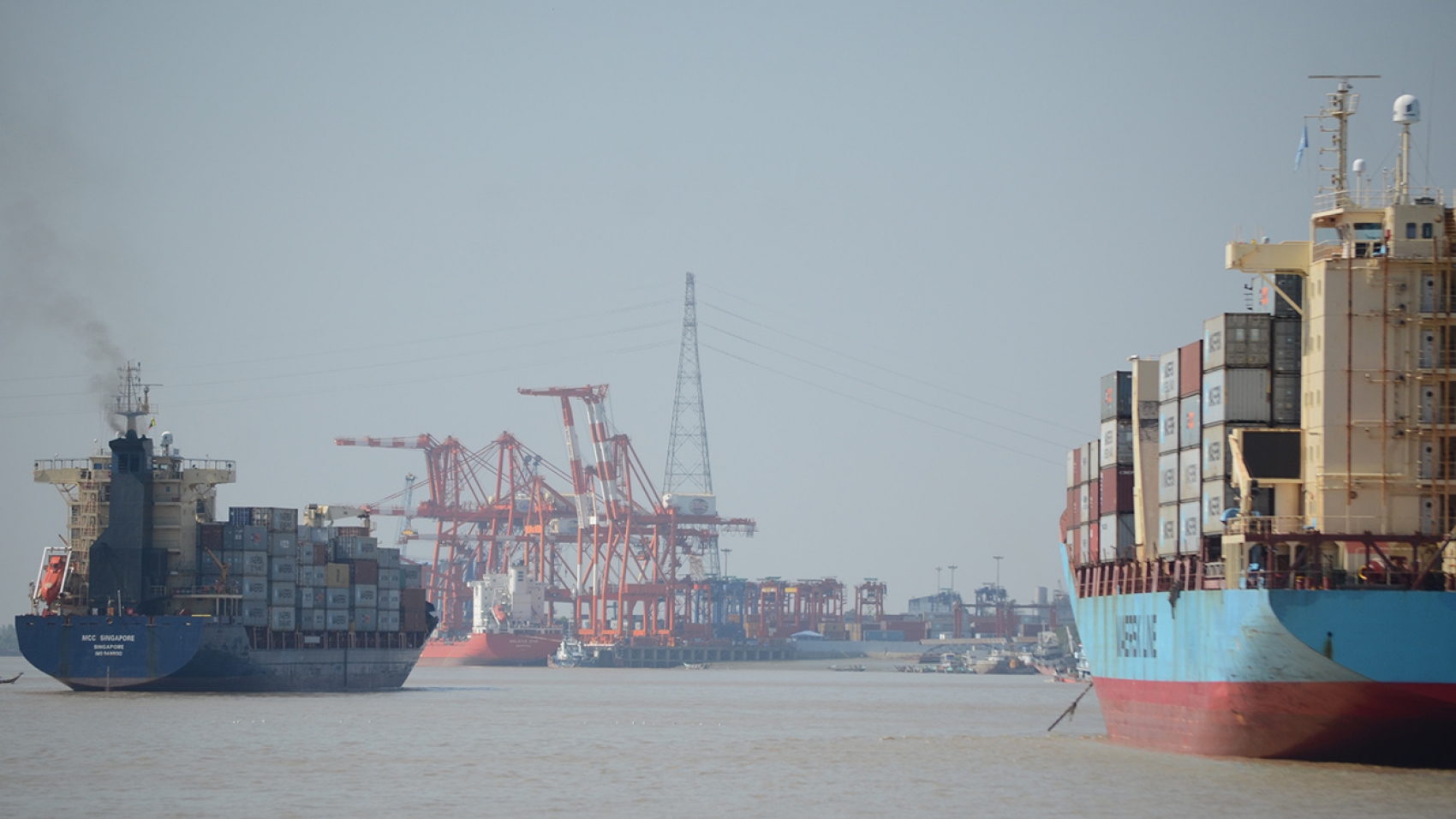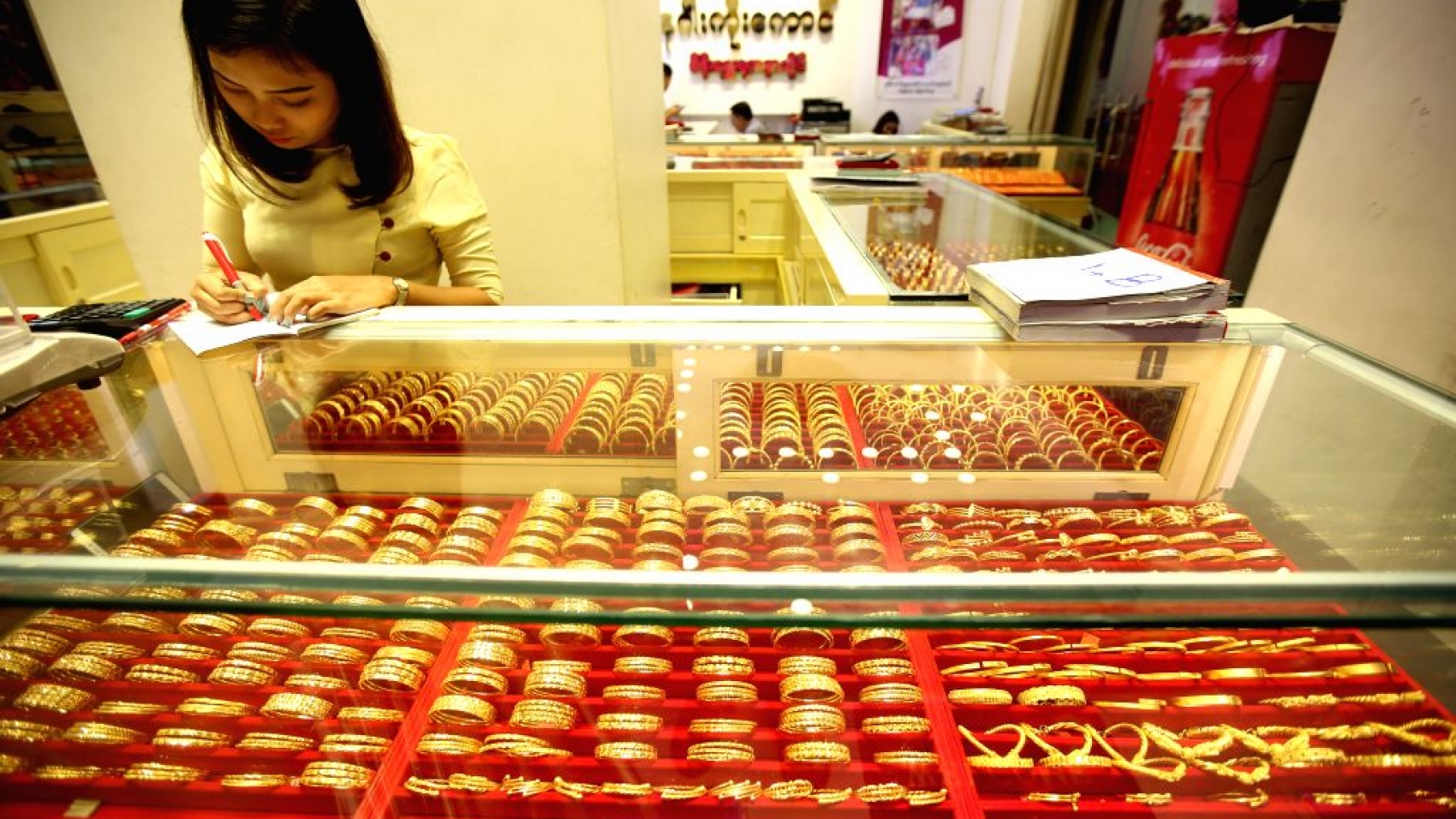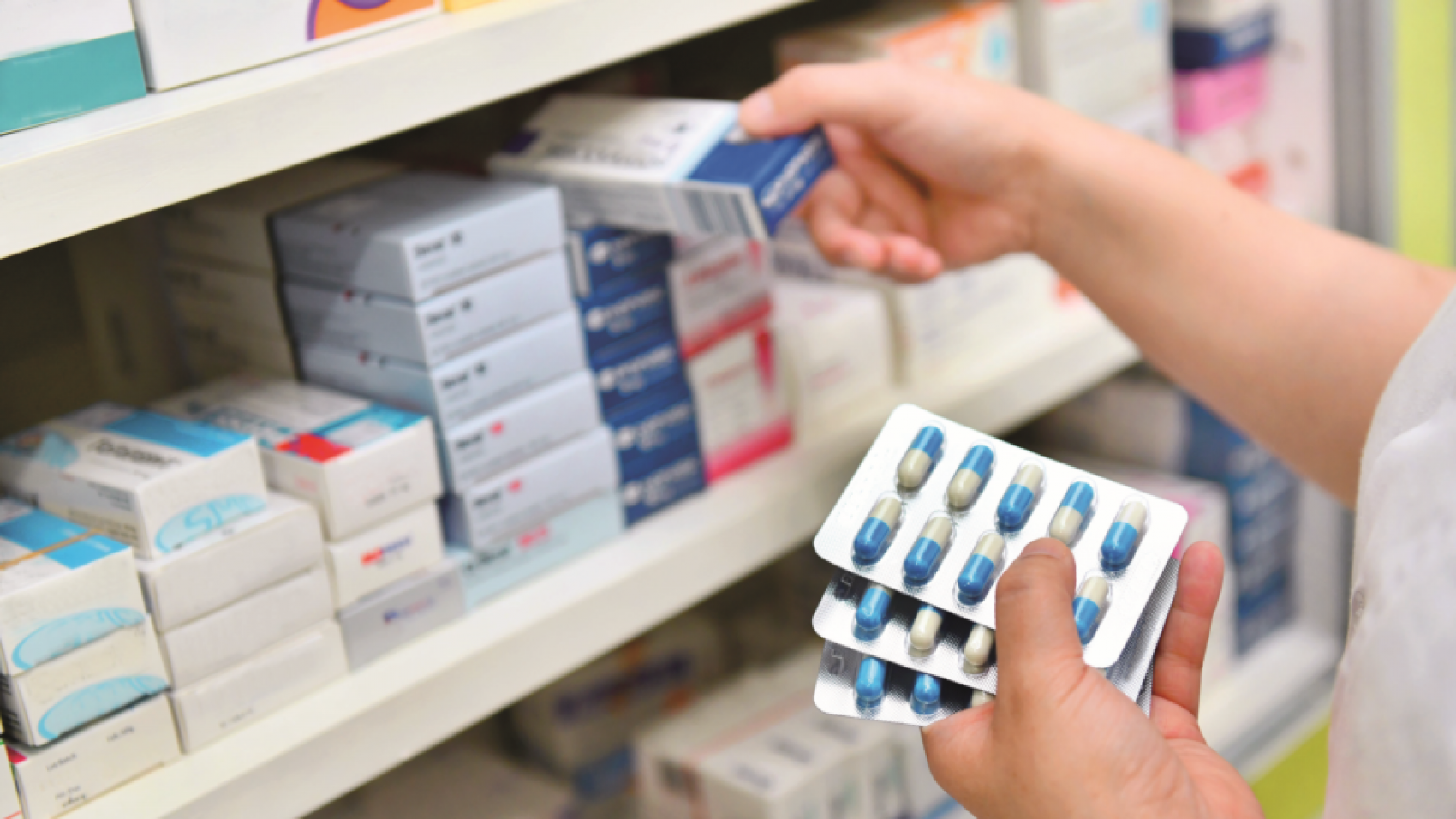The State Administration Council has declared the public holidays from 17 to 25 July in order to conduct COVID-19 prevention, control and treatment activities effectively. During these public holidays, the Customs Department will continue offering services for the importation of medicine and medical equipment for COVID-19 treatment via sea, air and land borders, according to the department.
Myanma Port Authority and jetties will also keep running their operations not to occur delays in international trade flows. The allocation of berth for vessels will be made every other day starting 18 July. The Delivery Order (DO) will be granted on 20 and 22 July, and the people can contact the respective Shipping Agency Department, if necessary, said Myanma Port Authority.
The border trade camps will operate the import and export procedures as usual without suspending the operations during these public holidays. The Ministry of Commerce cooperates with the department concerned to facilitate the importation of COVID-19 preventive gears and other medical supplies in line with the SOP, according to the ministry.
Source: The Global New Light of Myanmar

